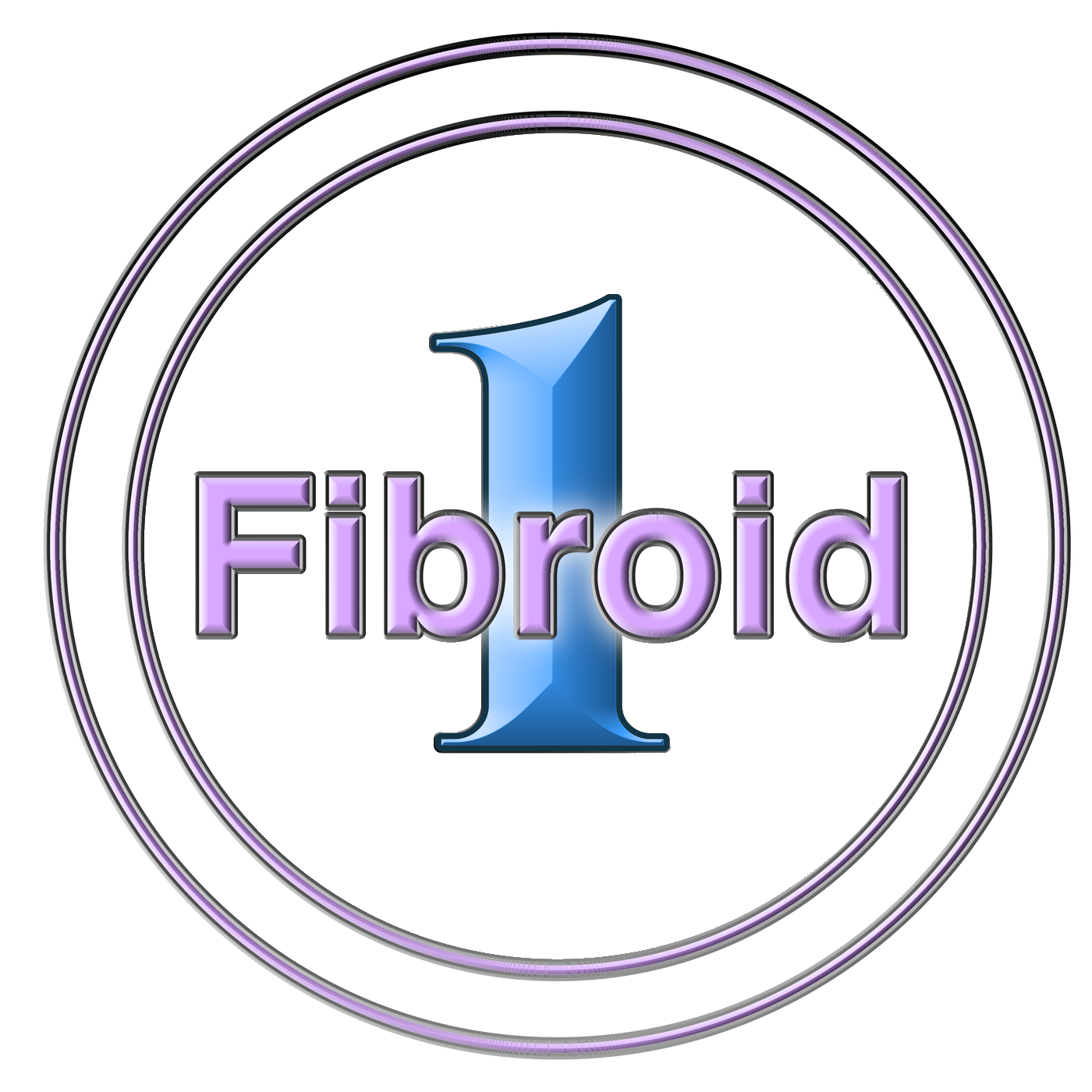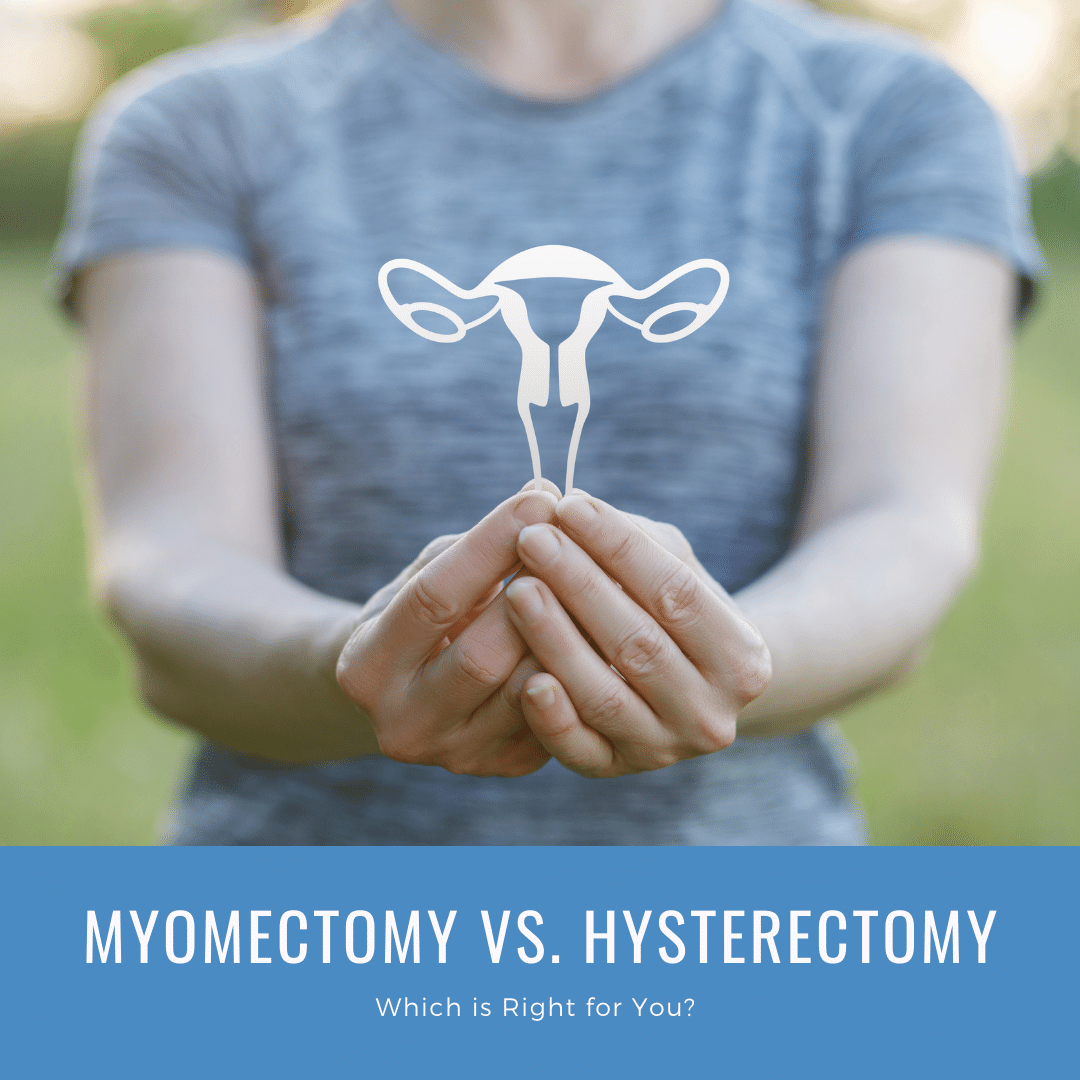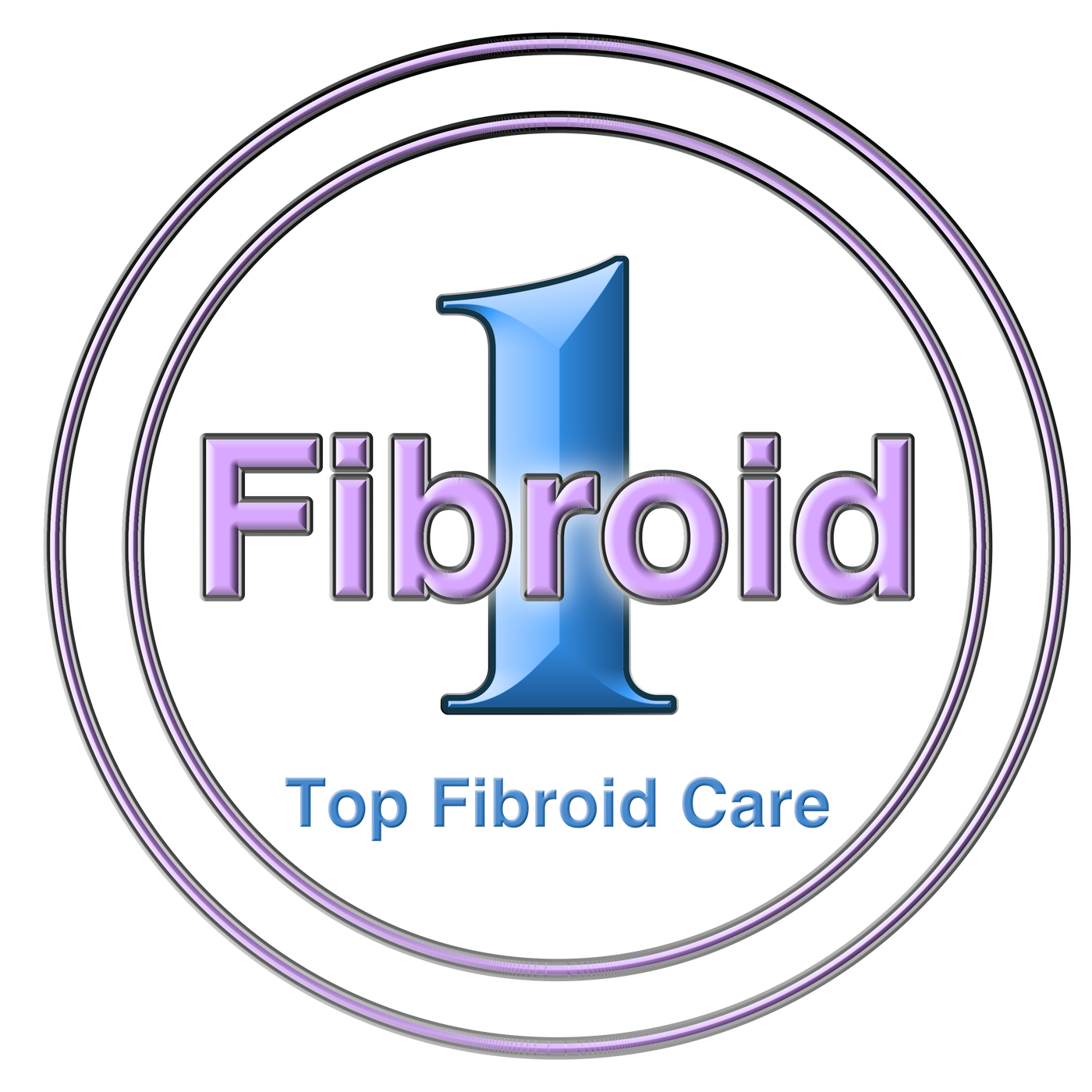If you are a woman who is dealing with uterine fibroids, you may be wondering if you need a myomectomy or a hysterectomy. Uterine fibroids are benign tumors that grow in, on, or within the walls of the uterus. Both myomectomies and hysterectomies are designed to remove tumors like fibroids from the uterus, but they are performed in different ways and have different benefits and risks. In this blog post, we will compare a myomectomy with a hysterectomy and help you decide which procedure is right for you.
What is a myomectomy?
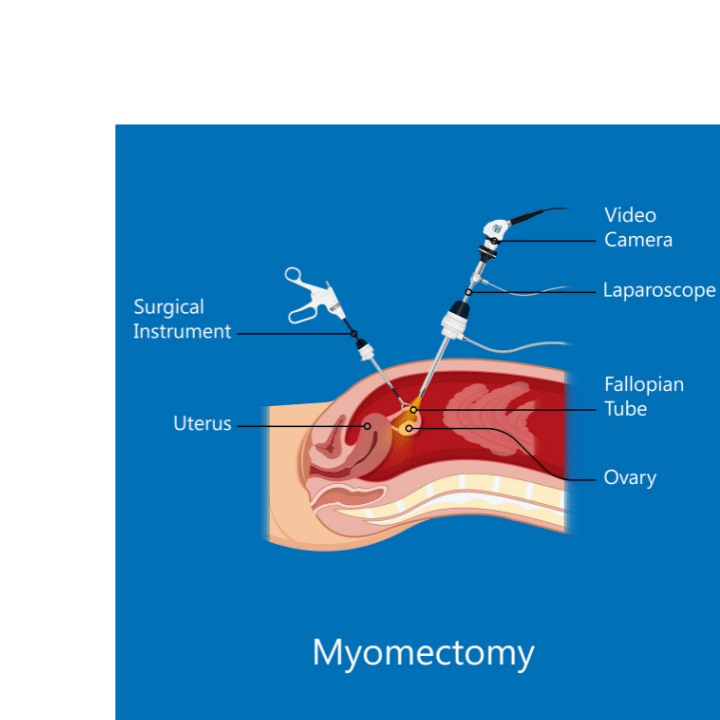
A myomectomy is a surgical procedure to remove uterine fibroids. Fibroids are non-cancerous growths that can develop in the uterus. Myomectomy is usually performed using laparoscopic surgery, which is a minimally invasive surgery. This means that the surgeon makes small incisions in the abdomen and inserts a small camera to guide the surgery. However, there are different surgical approaches that can be used to complete a myomectomy including: hysteroscopic myomectomy, robotic-assisted myomectomy, and abdominal myomectomy.
Each approach varies slightly in terms of what to expect during and after the surgery. Generally speaking a hysteroscopic approach requires no hospital stay and 1-4 days of recovery at home, a laparoscopic or robotic approach requires one night in the hospital and a 4 week recovery at home, and an abdominal approach requires a few days in the hospital and a recovery period of up to 6 weeks.
Benefits of a Myomectomy
- Myomectomy is less invasive than hysterectomy, so it has a shorter recovery time.
- Myomectomy preserves the uterus, so it is an option for women who want to have children in the future.
Drawbacks of a Myomectomy
- Fibroids may recur and require additional procedures
- May not be recommended depending on location, size, and number of fibroids
What is a hysterectomy?
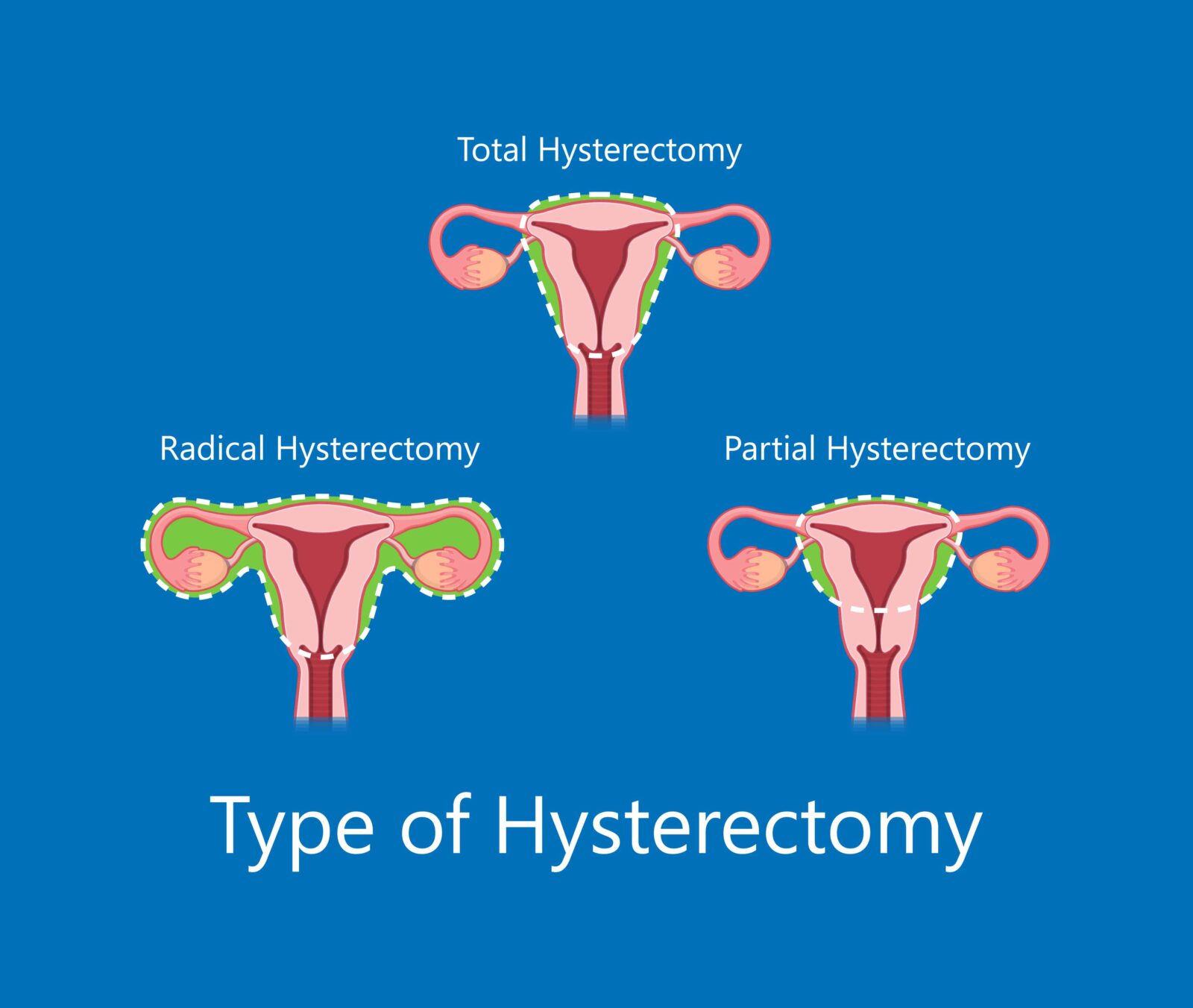
A hysterectomy is a surgical procedure to remove the uterus. Hysterectomy can be performed using different surgical approaches such as a vaginal hysterectomy, laparoscopy-assisted vaginal hysterectomy (LAVH), robotic-assisted laparoscopic hysterectomy, or abdominal hysterectomy (open surgery). When deciding on a surgical approach, the least invasive options are preferential. Out of all the surgical approaches, open surgery is a more invasive procedure, so it has a longer recovery time and is only used if necessary. However, open surgery may be necessary in some cases, such as if the fibroids are very large or if other approaches are simply not sufficient. Hysterectomy permanently removes the uterus, so it is not an option for women who want to have children in the future. In some cases, the ovaries may also be removed.
Benefits of a Hysterectomy
- Permanently removes the uterus, so there is no chance of fibroids recurring
- May be recommended if other treatments have failed
Drawbacks of a Hysterectomy
- Can lead to long-term physical and psychological effects such as incontinences, loss of sexual pleasure, and depression. Can also increase the risk of early menopause and heart attack in women under their early 40s.
- Recovery time is longer than a myomectomy
So, which procedure is right for you?
The best way to determine if you need a myomectomy or hysterectomy is to talk to your doctor. They will be able to recommend the best treatment option for you based on the size, location, and number of fibroids as well as your overall health. It is important to note that both procedures carry the risks associated with surgery and general anesthesia, so you will consider these risks as well during your decision making process. In some cases, your doctor may recommend other treatment options for fibroids such as uterine artery embolization (UAE).
If you are considering a myomectomy, you should talk to your doctor about the risks and benefits of the procedure. Myomectomy is less invasive than hysterectomy, so it has a shorter recovery time. Additionally, myomectomy preserves the uterus, so it is an option for women who want to have children in the future. In fact, many women who face infertility choose a myomectomy to improve their chances of conceiving. However, myomectomy may not be an option if your fibroids are very large.
If you are considering a hysterectomy, you should talk to your doctor about the risks and benefits of the procedure. Hysterectomy is a more invasive surgery, so it has a longer recovery time. However, hysterectomy permanently removes the uterus and fibroids. This can be an ideal option for someone who wants to permanently eliminate their fibroids, but it is not an option for women who want to have children in the future.
If you are dealing with uterine fibroids, talk to your doctor about your options. Myomectomy and hysterectomy are both effective treatments for uterine fibroids. The best treatment for you will ultimately depend on your individual medical history and health condition.
